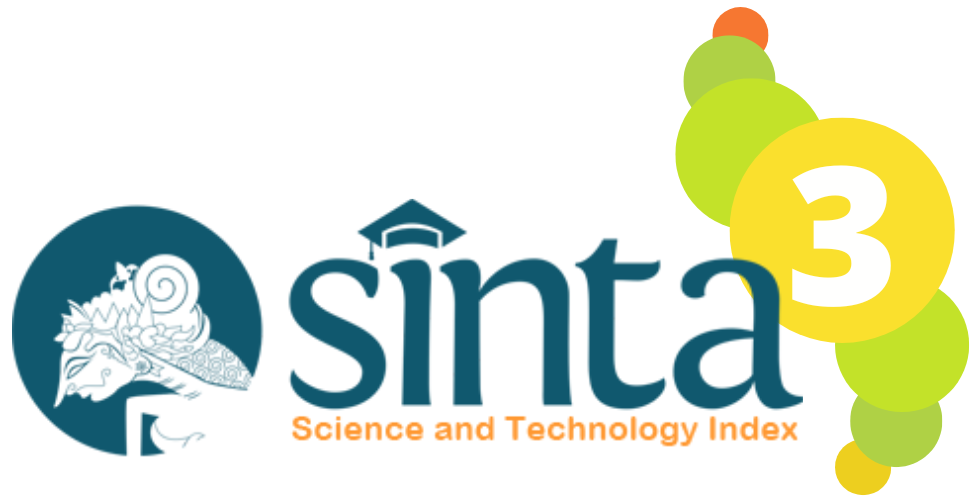PENGARUH TEBAL SELIMUT BETON NORMAL PADA LAJU KOROSI BAJA TULANGAN
DOI:
https://doi.org/10.21831/inersia.v7i2.3688Abstract
Corrosion of steel reinforcement is the main cause of deterioration andpreliminary failure of reinforced concrete construction. The effect is the large amount
of funding to repair, restore and replace the broken part. The aim of this research is
to figure out the corrosion process on the reinforcement of concrete construction with
local aggregate in the salt water environment. The specific aim is to find out the
corrosion rate of steel reinforcement having concrete compression strength between
25 MPa to 30 MPa.
The DC Electrochemical Test Method with impressed current technique was used in
this research. The test is using cylinder with various diameter. The reinforcement
steel is placed in the center of cylinder cross section to make a condition of different
cover thickness. The test was conducted 45 days non-stop, observing specimen's
potential change and crack pattern. The corrosion rate and corrosion current density
(Icorr) were compute using weight loss of steel. The carbonation test using buffer
phenolphthalein was also conducted in this research.
The result shows that there're a downstream trend of corrosion rate and corrosion
current density to the concrete cover's thickness. The corrosion rate of ∅1.25", ∅3",
∅5" and ∅6" specimens as follow: 4.440981 mm/yr, 1.63395 mm/yr, 0.026253
mm/yr and 0.00 mm/yr. The corrosion current density (Icorr) of ∅1.25", ∅3", ∅5" and
∅6" specimens as follow: 0.000382446 mA/cm2, 0.000141 mA/cm2, 2.2x10-6 mA/cm2
and 0.00 mA/cm2.The potential change's profile will goes down according to the time
of test. The graph of potential change to the time forming a curved line until a time
when the line becomes straight. The crack pattern started from the region between
the submerge and the dry region, then move to the entire part of specimen. The
carbonation was dominated by corroded specimen.
Keyword: corrosion of concrete reinforcement, concrete cover thickness,
carbonation, impressed current technique
Downloads
How to Cite
Pramudiyanto, P., A. Triwiyono, A. T., & Priyosulistyo, H. (2015). PENGARUH TEBAL SELIMUT BETON NORMAL PADA LAJU KOROSI BAJA TULANGAN. INERSIA Lnformasi Dan Ekspose Hasil Riset Teknik Sipil Dan Arsitektur, 7(2). https://doi.org/10.21831/inersia.v7i2.3688
Issue
Section
Articles
License
Authors who publish with INERSIA journal agree to the following terms:
- Authors retain copyright and grant the INERSIA journal right of first publication with the work simultaneously licensed under Creative Commons Attribution License (CC BY 4.0) that allows others to share the work with an acknowledgment of the work's authorship and initial publication in this journal.
- Authors can enter into separate, additional contractual arrangements for the non-exclusive distribution of the published version of the work (e.g., post it to an institutional repository or edit it in a book), with an acknowledgment of its initial publication in this journal.
- Authors are permitted and encouraged to post their work online (e.g., in institutional repositories or on their website) before and during the submission process, as it can lead to productive exchanges, as well as earlier and greater citation of published work.

INERSIA by https://journal.uny.ac.id/index.php/inersia was distributed under a Creative Commons Attribution 4.0 International License










